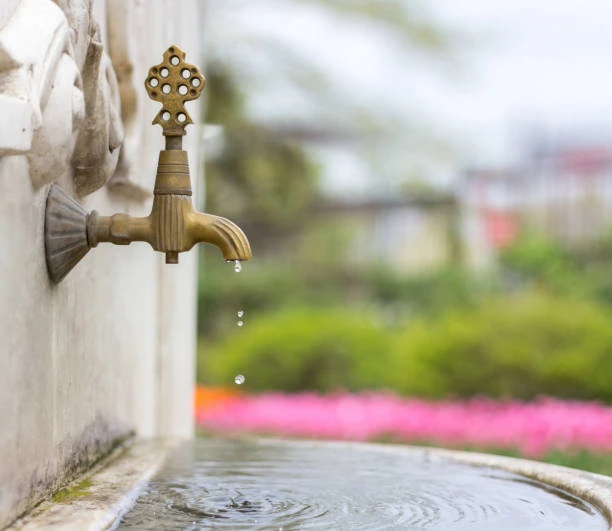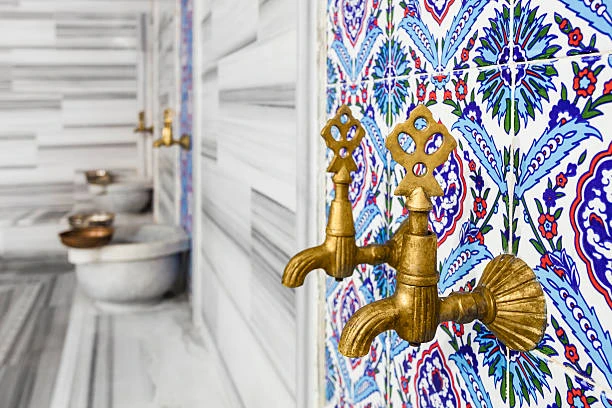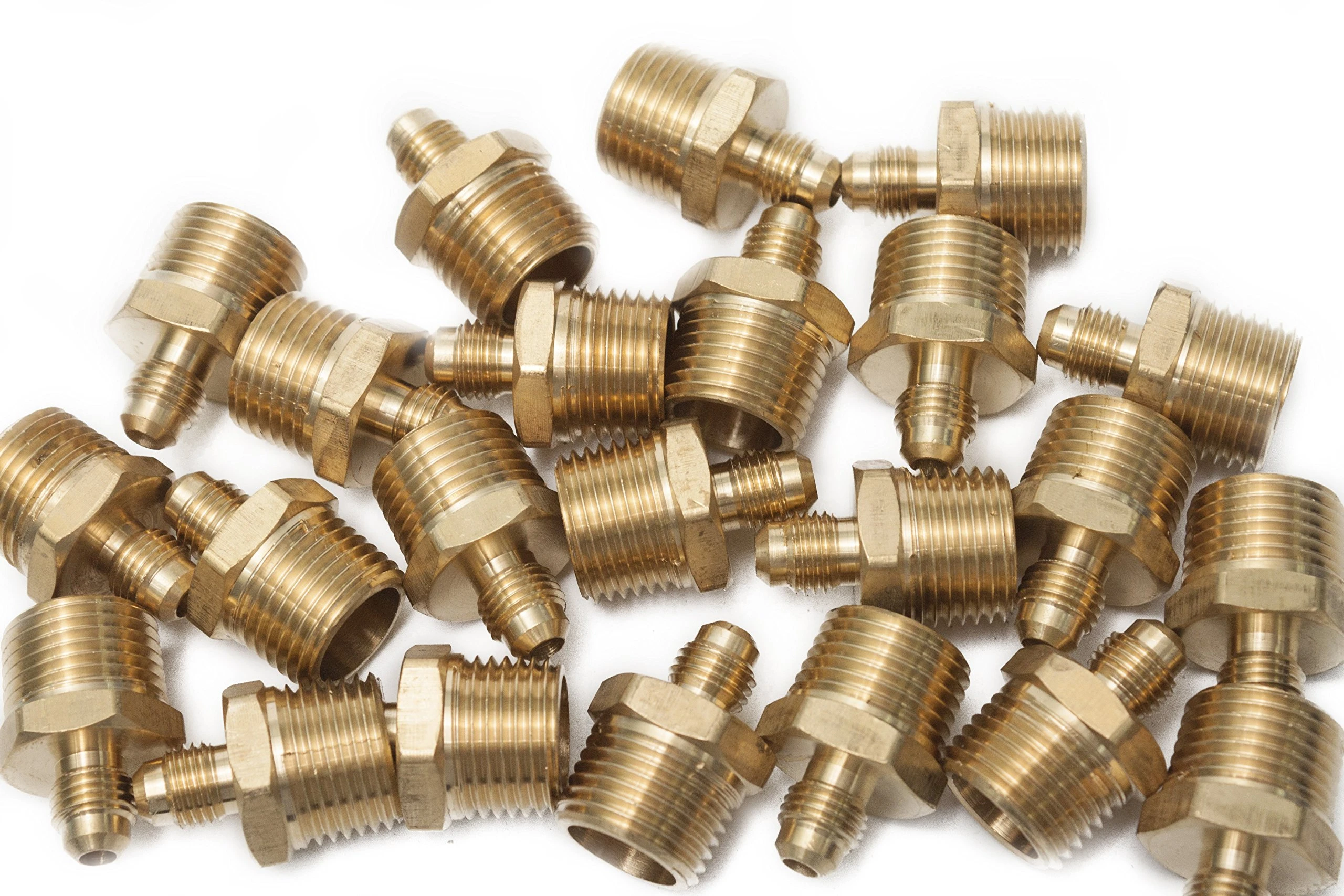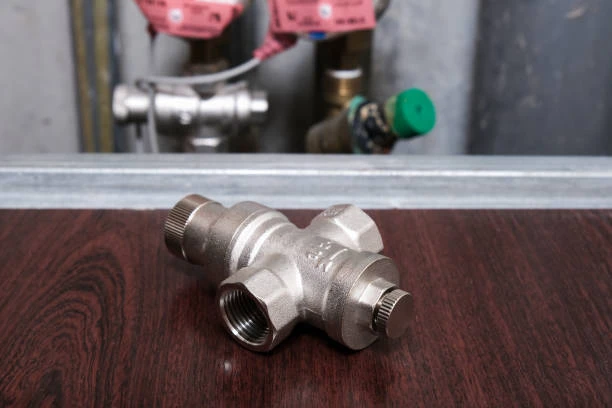Winterizing your outdoor faucets is a crucial step in preventing costly plumbing problems during the colder months. As temperatures drop, water in outdoor faucets and the pipes leading to them can freeze, leading to cracks, leaks, and even burst pipes. Taking the time to properly winterize outdoor faucets can save you from major repairs and help ensure that your plumbing system remains intact throughout the winter season.
In this article, we’ll guide you through the steps you need to take to winterize outdoor faucets effectively, as well as provide you with tips to keep your home’s plumbing safe from the harsh winter weather.
Why Winterizing Outdoor Faucets Is Important
Outdoor faucets, also known as hose bibs or spigots, are highly susceptible to freezing during the winter months. When the water inside the faucet or connected pipes freezes, it can expand and cause cracks or even bursts. This can lead to serious water damage once the temperature rises again and the ice begins to thaw.
Freezing water in outdoor faucets can also damage the pipes that supply water to these faucets, especially if the pipes are not insulated. If a pipe bursts inside a wall or underground, it can be difficult and expensive to repair. By winterizing your outdoor faucets properly, you reduce the risk of these issues and save yourself both time and money.
How to Winterize Outdoor Faucets: A Step-by-Step Guide
Winterizing outdoor faucets requires a few simple steps. Here’s what you need to do to make sure your outdoor plumbing stays safe during the winter months.
1. Turn Off the Water Supply to Outdoor Faucets
The first and most important step in winterizing outdoor faucets is to turn off the water supply to the faucet. Most homes have an interior valve that controls the flow of water to outdoor faucets. This valve is usually located inside your home, in a basement, crawl space, or utility room.
To turn off the water supply:
- Locate the shut-off valve for the outdoor faucet.
- Turn the valve clockwise to shut it off.
- Make sure the valve is completely closed to stop water from flowing to the faucet.
2. Drain the Outdoor Faucet
Once you’ve turned off the water supply to the outdoor faucet, it’s essential to drain any remaining water from the faucet and the connected pipes. This step prevents any water that might still be in the faucet or pipes from freezing and causing damage.
To drain the outdoor faucet:
- Open the faucet and allow any water inside the faucet and connecting pipes to drain out completely.
- Let the water drain for a few minutes until no more water comes out.
- Leave the faucet open after draining to allow air circulation, which helps prevent any remaining water from freezing inside the faucet.
3. Install an Outdoor Faucet Cover
Installing a faucet cover is an additional layer of protection for your outdoor faucets. These insulated covers protect your faucets from freezing temperatures by keeping them shielded from the cold air. You can find outdoor faucet covers at most home improvement stores, and they are relatively inexpensive and easy to install.
To install the faucet cover:
- Choose a cover that fits snugly over your faucet. Make sure it is made of durable, weather-resistant material (foam, fiberglass, or plastic).
- Simply slide the cover over the faucet, ensuring that it completely covers the faucet and any exposed pipes.
- Secure the cover with the fastening straps or tie, if included, to ensure it stays in place during the winter.

4. Insulate Exposed Pipes Leading to the Faucet
Even if you’ve turned off the water supply and installed a cover, pipes leading to your outdoor faucet can still be at risk of freezing. To ensure complete protection, it’s important to insulate any exposed pipes that are vulnerable to the cold. Insulating the pipes will help maintain a temperature above freezing and prevent water from freezing inside them.
To insulate outdoor pipes:
- Use foam pipe insulation, which is available at most hardware stores. This insulation is easy to apply and fits snugly around your pipes.
- For pipes that are especially exposed or in areas where temperatures are expected to plummet, consider using heat tape or a heated cable to maintain warmth around the pipes.
- Make sure all sections of exposed pipe are properly insulated, especially those in unheated areas such as crawl spaces, basements, or attics.
5. Check for Leaks or Damage
Before winter hits, it’s a good idea to check for any leaks, cracks, or damage in your outdoor faucets and the connected pipes. Even small leaks can become bigger problems during the winter months when water freezes and expands.
To check for leaks or damage:
- Turn on your outdoor faucet one last time to check if there are any drips or leaks.
- Inspect the faucet and surrounding pipes for any visible signs of cracks, corrosion, or leaks. If you find any, repair them before winter arrives.
- If you notice any significant damage, it may be worth calling a plumber to fix or replace the faucet or the pipes.
Additional Tips for Winterizing Outdoor Faucets
- Use a Blow-Out Valve: Some homeowners choose to install a blow-out valve, which allows you to blow any remaining water out of the faucet and pipes using compressed air. This is especially useful for homes with long or complex pipe systems.
- Keep Hose Bibs Off the Ground: Avoid leaving hoses attached to outdoor faucets during the winter months. Water trapped in the hose can freeze and cause damage to the faucet or pipe. Store hoses in a shed, garage, or other dry place.
- Shut Off Irrigation Systems: If you have an irrigation system that includes outdoor faucets, it’s crucial to shut off the water supply and drain the system completely. This will prevent water from freezing in the irrigation lines and causing extensive damage.
The Benefits of Winterizing Your Outdoor Faucets
Winterizing outdoor faucets is not just about protecting your plumbing — it also provides several benefits, including:
- Preventing Costly Repairs: Proper winterization reduces the risk of frozen or burst pipes, which can lead to expensive repairs.
- Avoiding Water Damage: A burst pipe can flood your home, causing extensive water damage and potential mold growth. Winterizing prevents this risk.
- Ensuring Functionality: By taking the time to winterize your faucets and pipes, you can ensure that they are fully functional and ready to use when the warmer months arrive.
Conclusion
Winterizing your outdoor faucets is a simple yet essential task for homeowners looking to protect their plumbing during the winter months. By following these steps — turning off the water supply, draining the faucet, installing an insulated cover, and insulating exposed pipes — you can prevent freezing, cracking, and bursting pipes. Taking these proactive measures will save you from the hassle and cost of dealing with plumbing repairs when the cold weather hits.
Frequently Asked Questions (FAQ)
Why do outdoor faucets freeze in winter?
Outdoor faucets freeze because they are exposed to cold air, and the water inside them can freeze when the temperature drops below 32°F (0°C). Frozen water expands, causing pipes to crack or burst.
Can I leave my hose attached to the faucet during winter?
No, it’s best to detach hoses from outdoor faucets during winter. Water trapped in the hose can freeze and cause damage to both the hose and the faucet.
Do I need to shut off water to all outdoor faucets?
Yes, it’s essential to shut off the water supply to all outdoor faucets to prevent freezing. If you have multiple outdoor faucets, ensure each one is properly winterized.
How can I prevent water from freezing in outdoor pipes?
Insulating exposed pipes with foam pipe insulation and using heat tape can help prevent water from freezing in outdoor pipes. Additionally, turning off the water supply and draining the faucet reduces the chances of freezing.
Can I hire a professional to winterize my outdoor faucets?
Yes, many plumbing professionals offer winterization services. If you’re unsure how to properly winterize your outdoor faucets or if you’re concerned about potential issues, hiring a professional is a great option.


















